

X
This site uses cookies. By continuing to use this site you agree to our use of cookies. To find out more, see our Privacy Policy and Cookie Policy.

Step into the rich history and symbolism of the United Kingdom’s national emblem, the Union Flag. This iconic flag, commonly known as the Union Jack, is more than just a piece of colored fabric. It represents a nation that has seen centuries of triumphs, conflicts, and cultural amalgamation. With its distinctive design, the Union Flag is a fusion of three prominent crosses: the red cross of St. George for England, the white diagonal cross of St. Andrew for Scotland, and the red diagonal cross of St. Patrick for Ireland. Together, these elements serve as a powerful symbol of unity and diversity within the United Kingdom. The Union Flag has played an integral role in the country’s history, proudly flown during significant events and milestones. From battles fought on foreign shores to major sporting victories, it has become an iconic representation of national identity and pride.
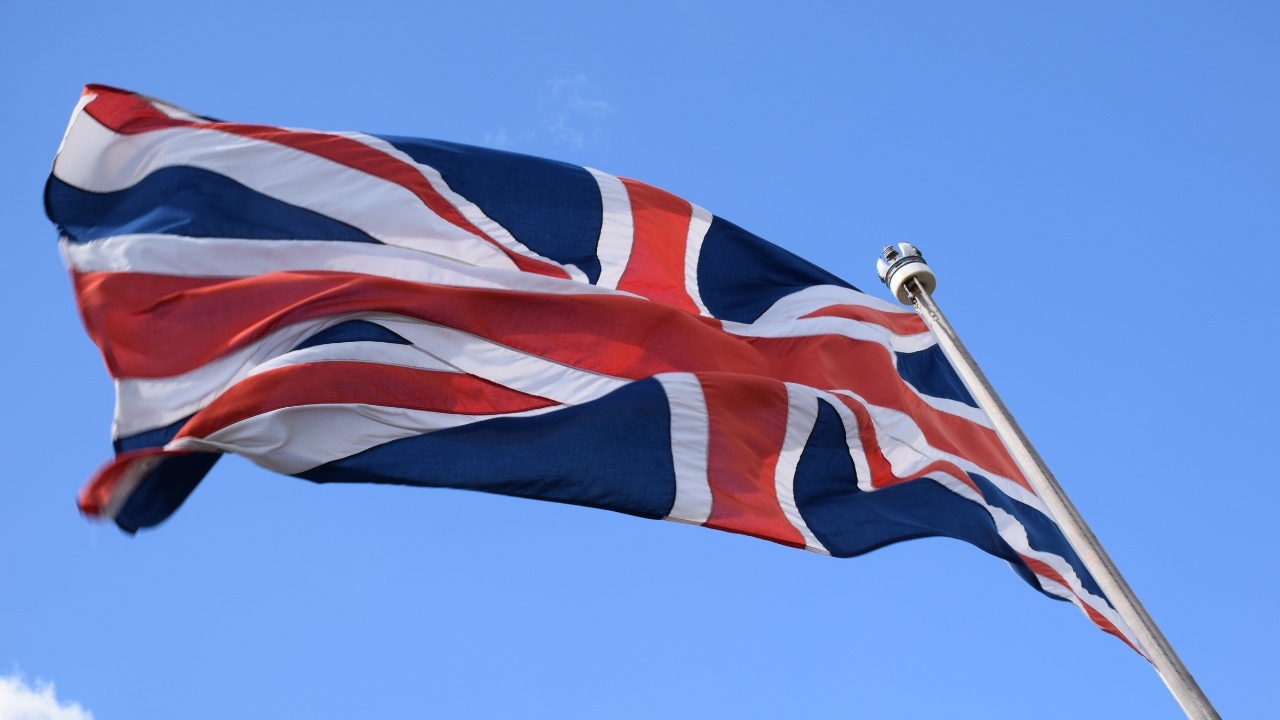 History of the Union Flag
History of the Union Flag
The history of the Union Flag is a fascinating tale that intertwines with the very fabric of British identity. Its origins can be traced back to the early 17th century, specifically to the year 1606 when King James I of England and VI of Scotland introduced a new flag to symbolise the union of the two kingdoms. This flag combined the crosses of St. George and St. Andrew, representing England and Scotland respectively. The initial design was meant to foster a sense of unity and shared purpose, a theme that would resonate through the centuries as the British Isles evolved.
The simple amalgamation of these two crosses was the precursor to what would eventually become the Union Flag. The inclusion of the red diagonal cross of St. Patrick, representing Ireland, did not occur until 1801, after the Act of Union was passed, uniting Great Britain and Ireland. This addition marked a significant expansion of the flag’s symbolism, as it now represented a broader coalition of nations within the United Kingdom. It transformed from a symbol of Anglo-Scottish unity to one that embraced the entirety of the British Isles, highlighting the importance of inclusivity and cooperation among its diverse populations.
Throughout the years, the Union Flag has been a silent witness to the vast changes in British history. From the height of the British Empire, when the flag was seen across the globe, to its current role as a symbol of national pride, it has adapted and evolved while maintaining its core essence. It has flown over battles, celebrations, and even controversies, reflecting the complex narrative of a nation that is ever-changing yet deeply rooted in its heritage. The Union Flag is not merely an emblem; it is a testament to the historical journey of the United Kingdom and its people.
The design of the Union Flag is instantly recognisable, characterised by its bold colors and intricate patterns. At its heart, the flag consists of three crosses: the red cross of St. George, the white diagonal cross of St. Andrew, and the red diagonal cross of St. Patrick. This composition serves as a visual representation of the unity among England, Scotland, and Ireland, encapsulating the essence of the United Kingdom’s identity. Each cross contributes to the overall design, creating a harmonious blend that speaks to both history and modernity.
The colors used in the Union Flag are equally significant. The red symbolises bravery and valor, while the white stands for purity and peace. Blue, the background color, represents loyalty and truth. Together, these colors evoke a sense of national pride and collective spirit. The stark contrast between the red and white against the blue backdrop ensures that the flag is visually striking, making it easily recognisable from a distance. This combination of design and color not only reflects the historical roots of the flag but also serves to reinforce the values held dear by the British people.
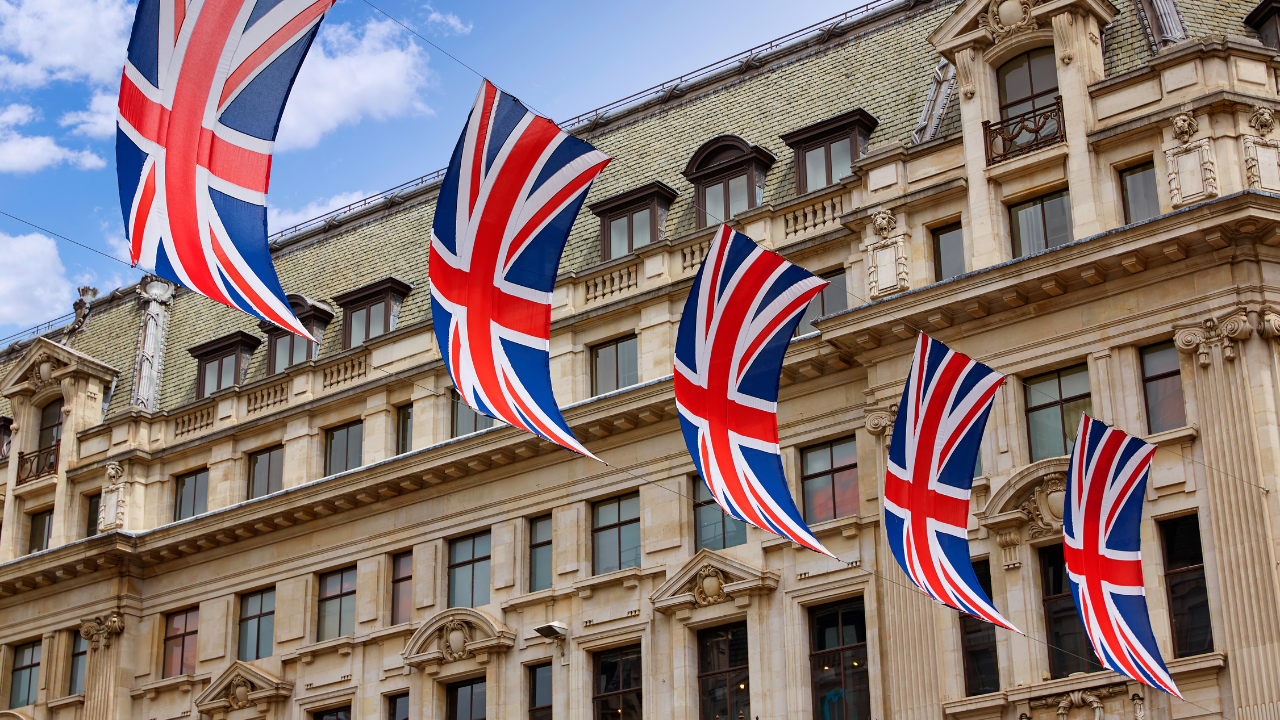 Moreover, the Union Flag embodies a deeper symbolic meaning that goes beyond its aesthetic appeal. It represents a commitment to unity in diversity, showcasing the rich tapestry of cultures and traditions that exist within the United Kingdom. The flag serves as a reminder of the importance of collaboration and mutual respect among its constituent nations. As such, the Union Flag stands not only as a national emblem but also as an enduring symbol of hope for a harmonious future, where differences are celebrated rather than diminished.
Moreover, the Union Flag embodies a deeper symbolic meaning that goes beyond its aesthetic appeal. It represents a commitment to unity in diversity, showcasing the rich tapestry of cultures and traditions that exist within the United Kingdom. The flag serves as a reminder of the importance of collaboration and mutual respect among its constituent nations. As such, the Union Flag stands not only as a national emblem but also as an enduring symbol of hope for a harmonious future, where differences are celebrated rather than diminished.
The evolution of the Union Flag is a reflection of the changing political landscape of the United Kingdom. Initially, the flag was a simple combination of the crosses of St. George and St. Andrew. However, as the political dynamics shifted, particularly with the inclusion of Ireland into the United Kingdom, the design was modified to incorporate the cross of St. Patrick. This adaptation in 1801 marked a pivotal moment in the flag’s history, as it symbolized the formal unification of the British Isles under one banner.
Throughout the 19th and 20th centuries, the Union Flag became synonymous with British imperialism. Its presence was felt in colonies around the world, often representing British power and influence. During this time, the flag was not only a symbol of national identity but also a representation of a vast empire. The Union Flag was raised in numerous territories, instilling a sense of pride among British citizens while simultaneously becoming a point of contention in the colonies. This duality reflects the complexities of the British Empire and the flag’s role within it.
In contemporary times, the Union Flag has continued to evolve, adapting to the changing views of British society. The rise of nationalism in Scotland and Wales, alongside discussions surrounding the future of Northern Ireland, has prompted renewed scrutiny of the flag’s meaning and significance. As debates about identity and representation intensify, the Union Flag has remained a focal point, illustrating the ongoing journey of the United Kingdom as it navigates the delicate balance between tradition and modernity. The evolution of the flag is a microcosm of the nation itself—ever-changing yet anchored in a rich historical narrative.
Understanding proper flag etiquette is essential for anyone wishing to display the Union Flag with respect and dignity. First and foremost, the flag should always be flown the right way up, with the broader white diagonal stripe running from the bottom left to the top right. This orientation signifies its correct position and honors the design’s symbolism. When displayed on a pole, the Union Flag should be hoisted briskly and lowered ceremoniously, demonstrating respect for this national emblem.
When it comes to displaying the flag indoors, there are certain guidelines to follow. The Union Flag should be placed in a position of prominence, ideally on its own flagpole or displayed in a manner that highlights its importance. It is customary to ensure that the flag is clean and in good condition; a tattered or faded flag can be seen as disrespectful. Additionally, when the flag is no longer fit for display, it should be disposed of in a dignified manner, typically through burning or another respectful method.
Flag etiquette also extends to events and occasions where the Union Flag is prominently featured. During national holidays, sporting events, or public ceremonies, it is vital to observe moments of silence or respect when the flag is raised or lowered. Participation in singing the national anthem, “God Save the King,” while the flag is displayed is also a common practice that reinforces the connection between the flag and national pride. Through these acts, individuals can demonstrate their appreciation for the Union Flag and what it represents in the context of British history and identity.
The Union Flag has played a prominent role in numerous significant events throughout British history, becoming a powerful symbol of national pride and unity. One of the most notable occasions is the annual Trooping the Colour ceremony, which marks the official birthday of the reigning monarch. During this grand event, the Union Flag is prominently displayed, and the pomp and pageantry associated with it serve to reinforce the connection between the monarchy and the British people. As the flag flutters in the breeze, it symbolizes loyalty, tradition, and the continuity of the British state.
Another important event is the annual Remembrance Day service held on November 11th. During this occasion, the Union Flag is used to honor the sacrifices made by members of the armed forces in conflicts throughout history. The flag is draped over memorials and worn as part of uniforms, representing the nation’s collective memory and respect for those who have served. This somber yet poignant ceremony showcases the flag as a symbol of remembrance, uniting people in a shared commitment to honor the past while looking to the future.
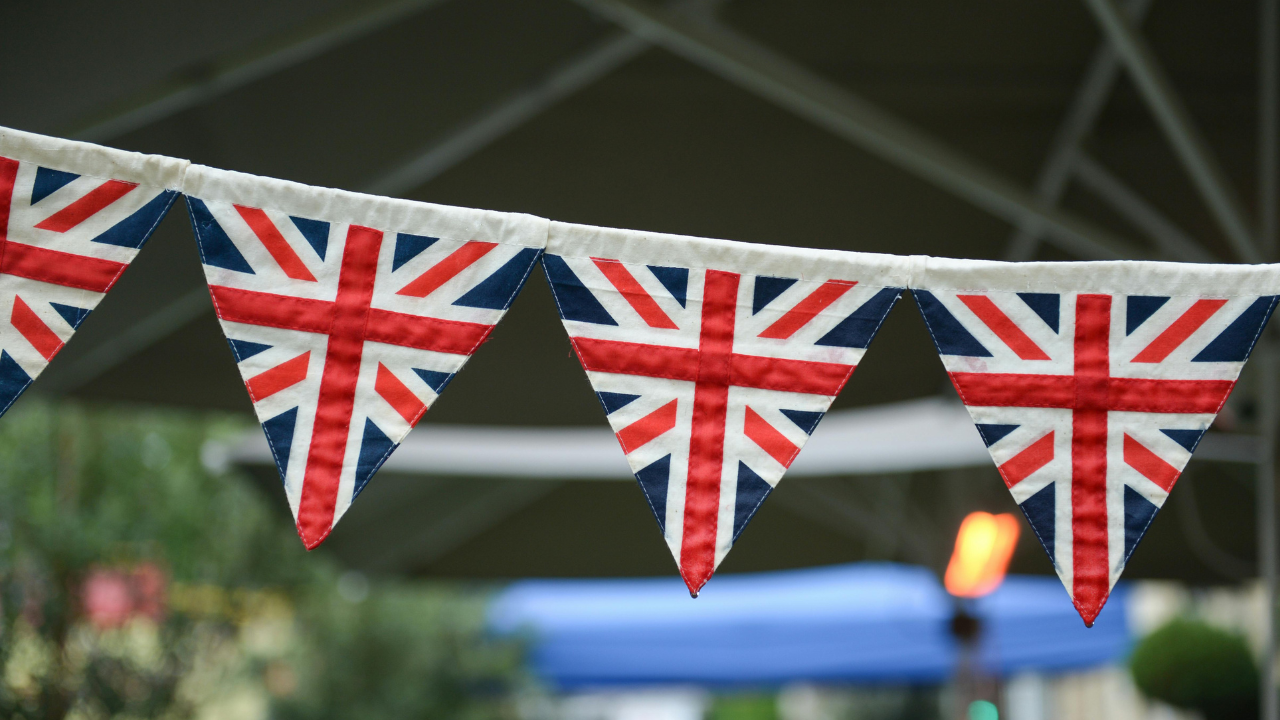 Sporting events also provide a platform for the Union Flag to shine. From the Olympics to football matches, the flag is often waved by enthusiastic fans, embodying the spirit of competition and national pride. The sight of athletes draped in the Union Flag during medal ceremonies encapsulates the joy of victory and the shared experience of representing the United Kingdom on the world stage. These moments not only celebrate individual achievements but also reinforce a sense of collective identity, showcasing the Union Flag as a vibrant emblem of the nation’s aspirations and achievements.
Sporting events also provide a platform for the Union Flag to shine. From the Olympics to football matches, the flag is often waved by enthusiastic fans, embodying the spirit of competition and national pride. The sight of athletes draped in the Union Flag during medal ceremonies encapsulates the joy of victory and the shared experience of representing the United Kingdom on the world stage. These moments not only celebrate individual achievements but also reinforce a sense of collective identity, showcasing the Union Flag as a vibrant emblem of the nation’s aspirations and achievements.
While the Union Flag is widely regarded as a symbol of national pride, it has also been the centre of various controversies. One of the primary issues revolves around its association with British imperialism and colonialism. For many, the flag evokes memories of oppression and exploitation during the height of the British Empire. This perspective has led to calls for a re-examination of the flag’s significance in contemporary society, particularly among those from former colonies who view the Union Flag as a reminder of a painful past.
Additionally, the flag has been co-opted by various political movements, leading to further divisiveness. In some instances, the Union Flag has been adopted by nationalist groups, which can create an atmosphere of exclusion for those who do not identify with that particular ideology. This appropriation of the flag’s symbolism raises important questions about its meaning and who it represents in a multi-national and diverse society. As a result, discussions surrounding the Union Flag often revolve around broader themes of identity, belonging, and representation.
Furthermore, debates about the future of the Union Flag have emerged in light of Scotland’s independence movement and ongoing discussions about Northern Ireland’s status. As these conversations continue, many people are re-evaluating the flag’s place within the evolving narrative of the United Kingdom. It is a potent reminder that symbols can be interpreted in various ways, depending on individual perspectives and historical contexts. The controversies surrounding the Union Flag reflect the complexities of national identity and the ongoing journey toward inclusivity and understanding within the fabric of British society.
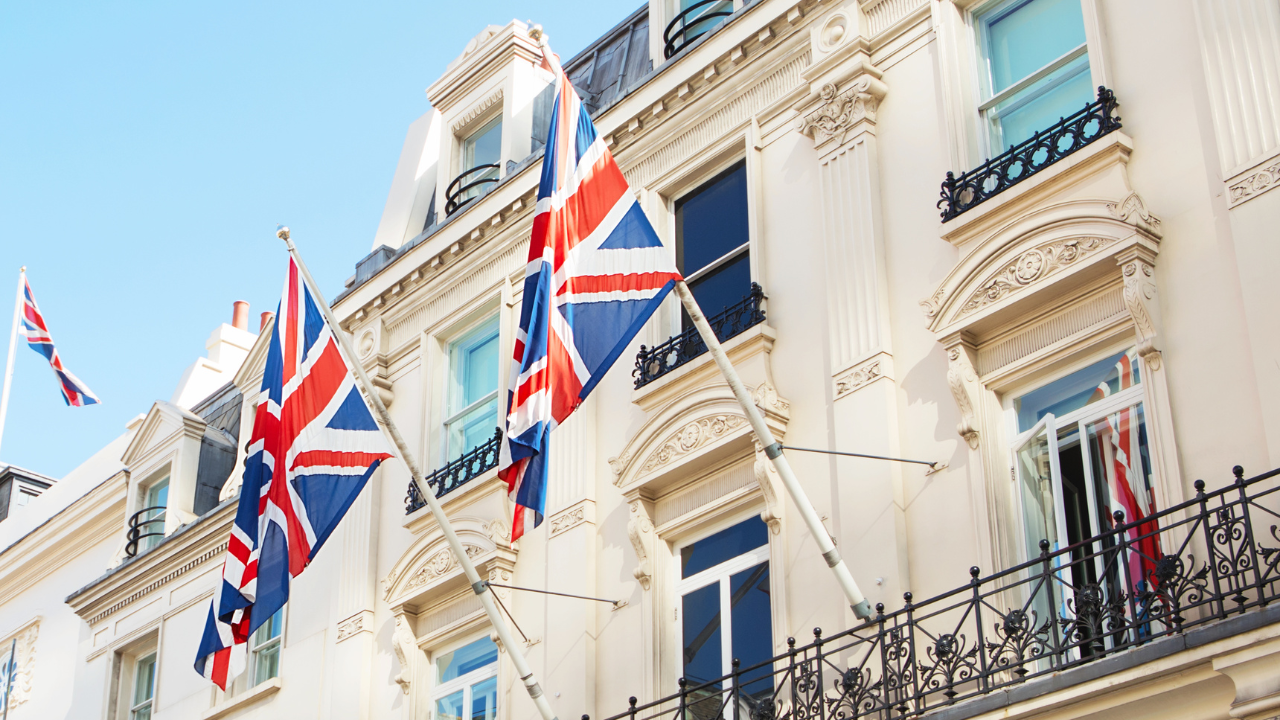 International Recognition and Influence of the Union Flag
International Recognition and Influence of the Union Flag
The Union Flag’s influence extends far beyond the shores of the United Kingdom, making it an internationally recognised symbol of British culture and heritage. Its design has inspired various flags around the world, particularly in former British colonies. Countries such as Australia, New Zealand, and several Caribbean nations incorporate elements of the Union Flag into their national flags, reflecting their historical ties to Britain. This widespread recognition highlights the flag’s role as a symbol of shared history and cultural exchange across the globe.
In addition to its presence in national flags, the Union Flag is often used in various international contexts to represent British interests. During international events, diplomatic gatherings, and cultural exchanges, the flag serves as a reminder of the United Kingdom’s influence in global affairs. Its presence can evoke feelings of nostalgia among expatriates and people with historical ties to the UK, reinforcing a sense of belonging and connection to their roots.
Moreover, the Union Flag has become a popular symbol in popular culture, frequently appearing in fashion, art, and music. From designer clothing to music festivals, the flag has been embraced by artists and creators, often representing a contemporary interpretation of British identity. This cultural appropriation of the Union Flag showcases its adaptability and enduring appeal, allowing it to resonate with new generations while still honoring its historical significance. As such, the flag continues to play a vital role in shaping perceptions of the United Kingdom on the international stage.
The Union Flag’s iconic design has made it a popular motif in various forms of merchandise and souvenirs. From clothing and accessories to home décor, the flag can be found adorning a wide range of products that celebrate British culture. Items such as t-shirts, bags, and hats emblazoned with the Union Flag are ubiquitous, particularly among tourists seeking to take home a piece of British identity. This commercial appeal demonstrates the flag’s status as a symbol of national pride and its ability to evoke a sense of belonging.
In addition to clothing, the Union Flag is often featured in home décor items, such as cushions, wall art, and kitchenware. These products allow individuals to incorporate a touch of British flair into their living spaces, creating a sense of connection to the nation’s heritage. The flag’s presence in everyday items serves as a reminder of the cultural significance of the emblem and its ability to foster a sense of community among those who identify with its symbolism.
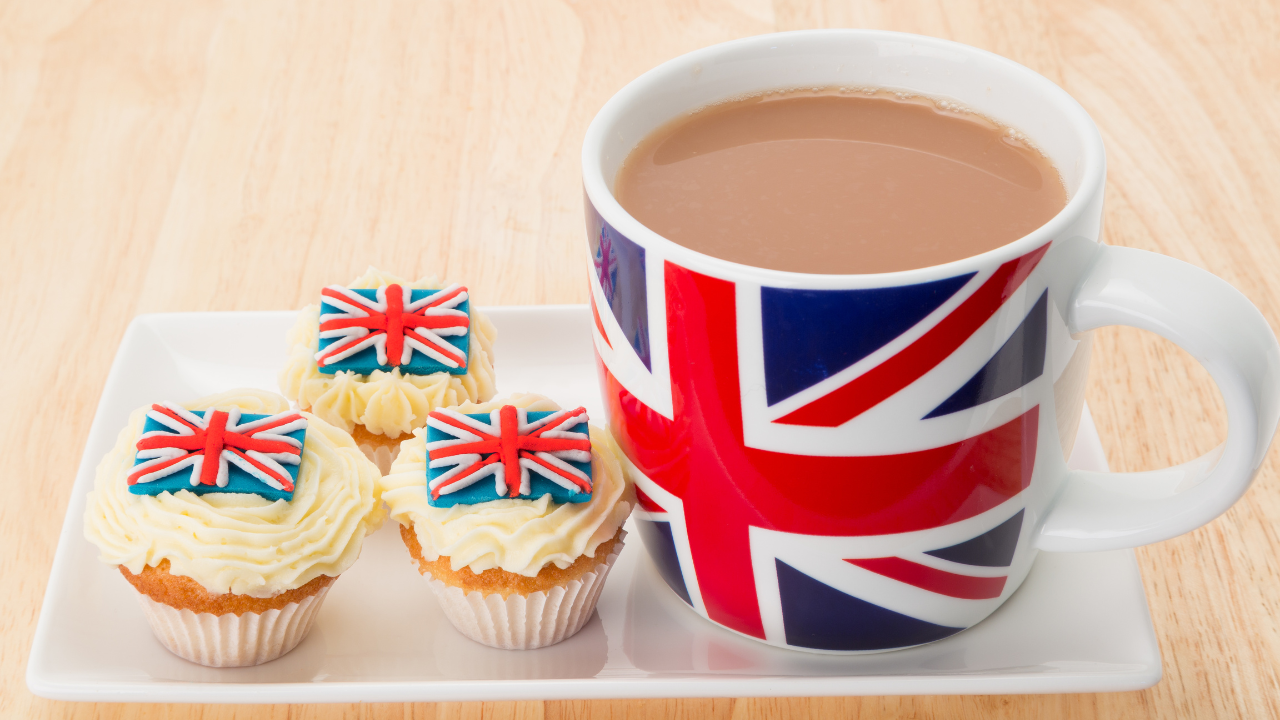 Moreover, the Union Flag is a staple at events such as the Notting Hill Carnival, where it is often displayed as a celebration of British multiculturalism. The flag’s presence at such events highlights its role as a unifying symbol that transcends cultural boundaries. As people come together to celebrate diversity, the Union Flag serves as a reminder of the shared values of unity and inclusivity, reinforcing its relevance in contemporary society. Through these various expressions of the Union Flag, it continues to be a vibrant and dynamic emblem of British identity.
Moreover, the Union Flag is a staple at events such as the Notting Hill Carnival, where it is often displayed as a celebration of British multiculturalism. The flag’s presence at such events highlights its role as a unifying symbol that transcends cultural boundaries. As people come together to celebrate diversity, the Union Flag serves as a reminder of the shared values of unity and inclusivity, reinforcing its relevance in contemporary society. Through these various expressions of the Union Flag, it continues to be a vibrant and dynamic emblem of British identity.
The Union Flag stands as a testament to the rich history and diverse identity of the United Kingdom. It is more than just a flag; it is a symbol that encapsulates centuries of triumphs, struggles, and cultural amalgamation. Its design, rooted in the histories of England, Scotland, and Ireland, reflects a commitment to unity while celebrating the unique contributions of each nation. As the world continues to change, the Union Flag remains a steadfast emblem of British identity, serving as a bridge between the past and the future.
As we navigate the complexities of modern society, discussions surrounding the Union Flag prompt us to reflect on what it means to be part of a diverse nation. The flag’s symbolism has evolved over time, adapting to shifts in political and social landscapes. It is crucial to recognize both the pride it inspires and the controversies it may evoke, allowing for a more nuanced understanding of its significance. By doing so, we can better appreciate the role of the Union Flag in fostering dialogue and promoting inclusivity.
Ultimately, the enduring legacy of the Union Flag lies in its ability to unite people from various backgrounds, encouraging a sense of belonging and shared identity. As it continues to fly high in the skies and adorn merchandise, the Union Flag remains a powerful reminder of the rich tapestry of cultures that make up the United Kingdom. It invites us to celebrate our shared heritage while embracing the diverse future that lies ahead, ensuring that its symbolism remains relevant for generations to come.